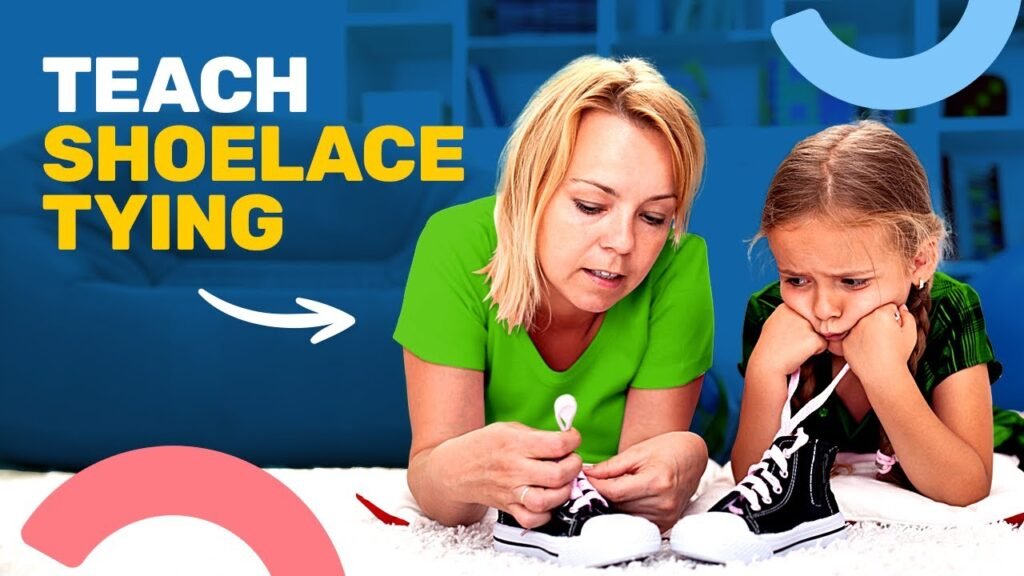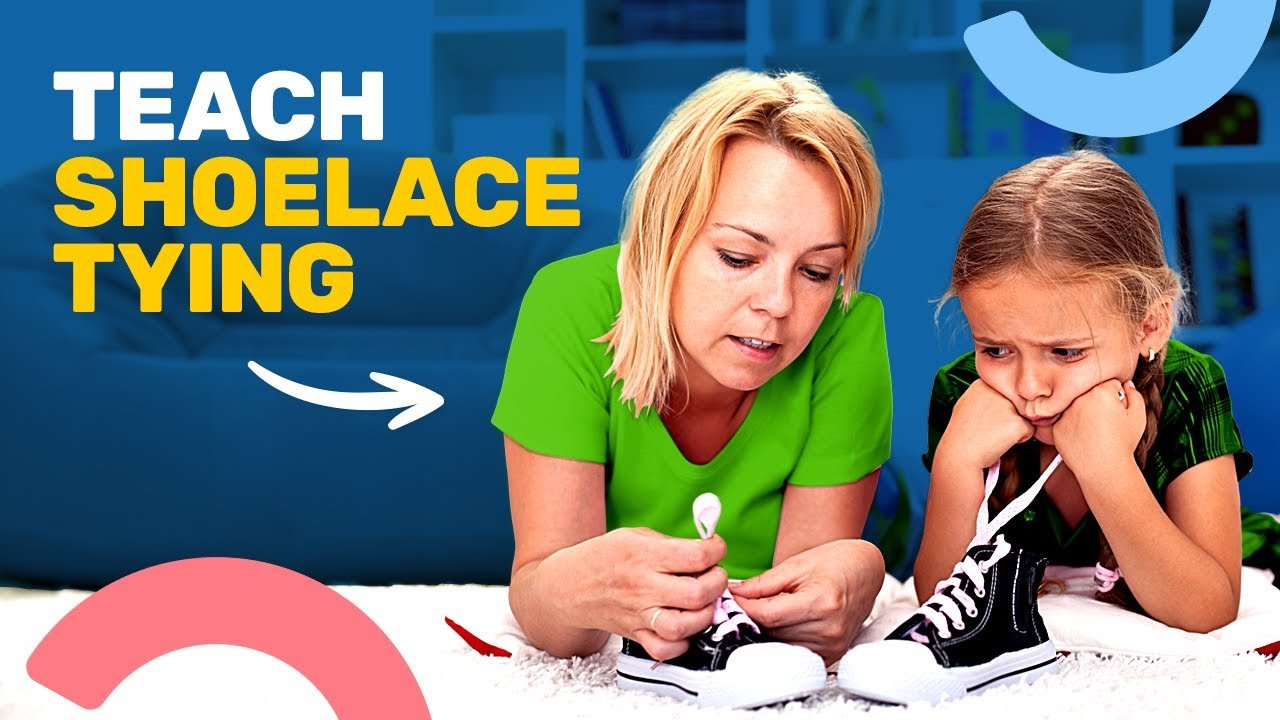Hello there! Today, I want to share some secret tips with you from occupational therapists on how to teach your child to tie shoelaces. By using contrasting colors for the laces, practicing on a table, and employing the double loop method, your little one will be tying shoelaces like a pro in no time. Consistency, a stress-free environment, and the one-loop technique are also recommended for success. Stick around to learn more about these tips and tricks!
As a pediatric occupational therapist, I am excited to reveal these secrets that will make teaching your child how to tie shoelaces a breeze. By following these simple tips, such as using contrasting colors for the laces and practicing on a table, you will see your child mastering this skill in no time. So grab your child’s shoes, some colorful laces, and get ready to dive into the world of shoelace tying with confidence!

Introduction
Occupational therapists possess secret tips for teaching children how to tie shoelaces successfully. These tips can make the process much easier and more effective. By following these expert recommendations, parents can help their children master this important skill. In this article, we will explore these occupational therapists’ strategies in detail to provide valuable insights on teaching children how to tie shoelaces effortlessly.
Using Contrasting Colors for Laces
One effective technique suggested by occupational therapists is to use contrasting colors for shoelaces. When children have laces in different colors, such as black and pink or black and white, it becomes easier for them to distinguish between the two. This visual contrast not only helps in learning but also aids in giving clear instructions while teaching. By using shoelaces with high contrast colors, children can grasp the concept of tying shoelaces more quickly and efficiently.
Practice on a Table
To enhance the learning process, occupational therapists recommend practicing tying shoelaces on a table rather than on a child’s foot. When children practice on a table, facing the shoe as it would be worn on the foot, they have a better understanding of the movements involved in tying shoelaces. This approach allows children to focus on the task without any hindrance and enables them to observe and learn the steps clearly.
Use Long Laces and Secure Shoe
Ensuring that the shoe remains stable while teaching children how to tie shoelaces is crucial. To prevent the shoe from moving around during the process, placing a heavy object like a rock inside the shoe can help keep it secure. Additionally, using long laces is essential as it allows children to make mistakes without the risk of the lace slipping through, ensuring that they can practice effectively and achieve success in tying shoelaces.
Teaching the Double Loop Technique
Occupational therapists emphasize teaching children the double loop technique for tying shoelaces. This method involves creating two loops before securing the laces, which helps in keeping the knot tight and prevents it from coming undone easily. By instilling this technique in children, they can tie their shoelaces more securely and with greater confidence, leading to successful outcomes.
Consistency in Teaching Method
Consistency in the teaching method is paramount for helping children learn how to tie shoelaces effectively. By using the same words and steps repeatedly, children can develop a clear understanding of the process and remember it easily. It is essential for parents and caregivers to be consistent in their approach to ensure that children grasp the technique consistently and achieve mastery in shoelace tying.
One-Loop Method
Among the different approaches to tying shoelaces, occupational therapists often recommend the one-loop method for its simplicity and ease of learning. This method involves crossing the laces, forming a loop, and securing the knot, making it easier for children to comprehend and execute. By following the one-loop method, parents can guide their children through the process seamlessly, leading to successful outcomes in shoelace tying.
Backward Chaining Technique
For children who may get easily frustrated or tend to give up quickly while learning to tie shoelaces, the backward chaining technique can be beneficial. This method involves breaking down the task into steps and allowing the child to complete the final step independently. By gradually incorporating more steps into the child’s participation, they gain a sense of accomplishment and motivation to continue practicing until they master the skill.
Practicing in a Calm Environment
Creating a stress-free and calm environment is essential when teaching children how to tie shoelaces. By choosing a suitable time, such as afternoons or weekends, parents can ensure that both they and their children are more patient and focused during the learning process. Practicing in a relaxed setting allows children to concentrate better, leading to better retention of the skills and a more positive learning experience.
Conclusion
In summary, occupational therapists’ secret tips for teaching children how to tie shoelaces offer valuable insights and strategies that can significantly enhance the learning process. By incorporating techniques such as using contrasting colors for laces, practicing on a table, and ensuring a secure shoe, parents can facilitate effective learning for their children. Consistency in teaching methods, utilizing the one-loop technique, and implementing strategies like backward chaining further contribute to successful shoelace tying experiences. By creating a calm environment and providing appropriate support, parents can empower their children to master this fundamental skill with ease and confidence.

